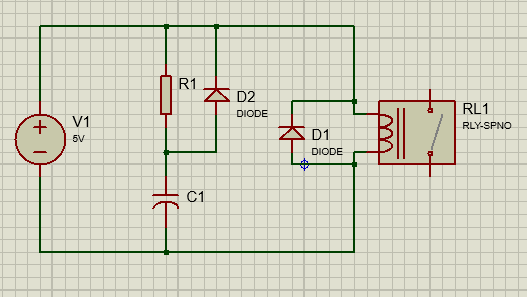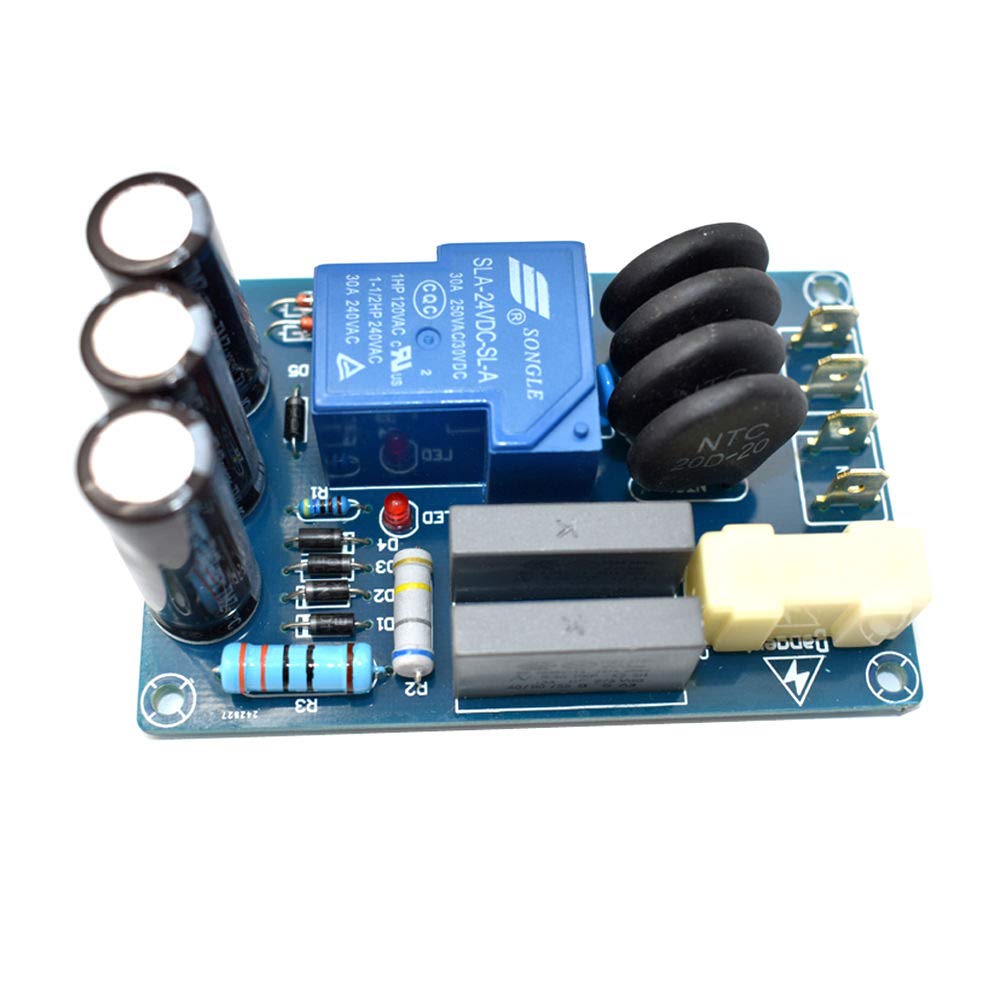Check schematic below, On power on, I want to create a delay when the relay turns on of about 20 seconds. Once its on, it stays on until the power is cut. Timing accuracy is not important. Now I could use a 555 timer, but then I would need a transistor as well. That's two extra components. So I thought of just using a simple RC circuit in parallel with the relay as shown below.
About the flywheel diode (D1), I think it wont be needed since the capacitor will supply the di/dt at power turn off ?
I also added diode D2 to discharge the capacitor faster at turn off


